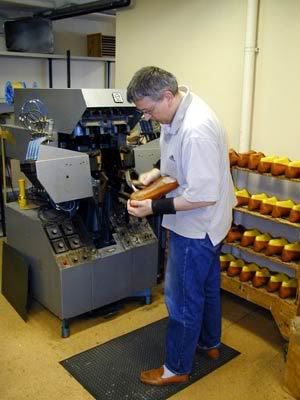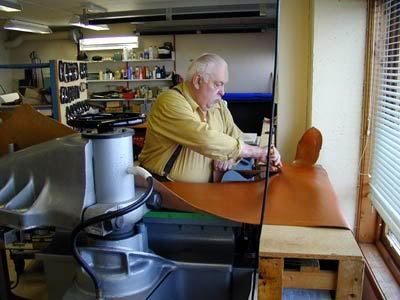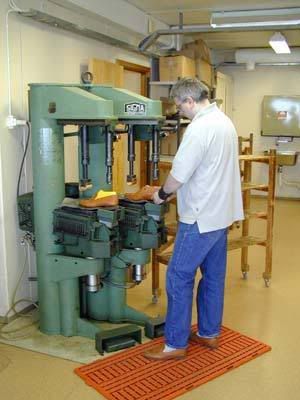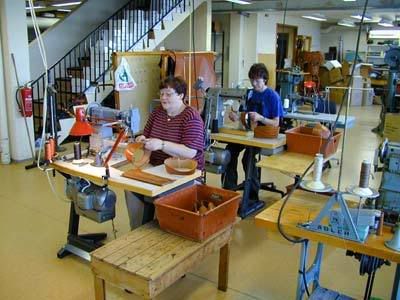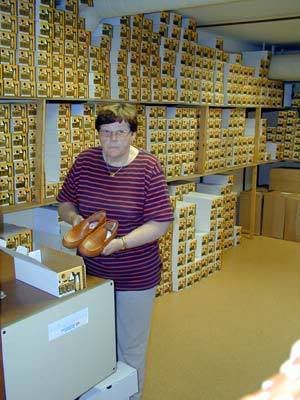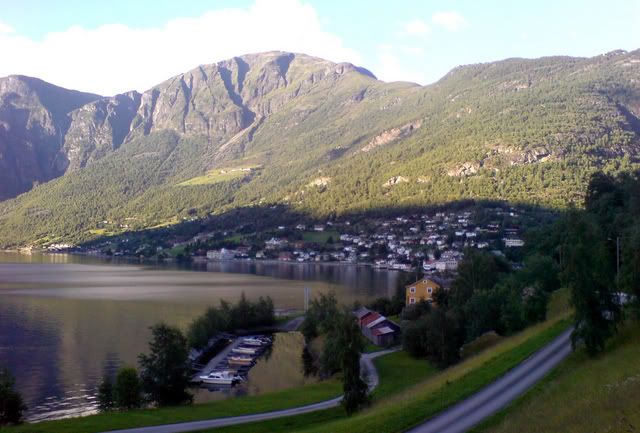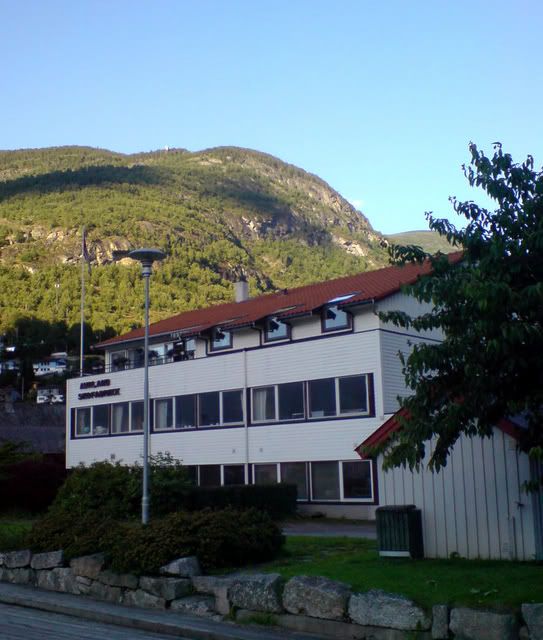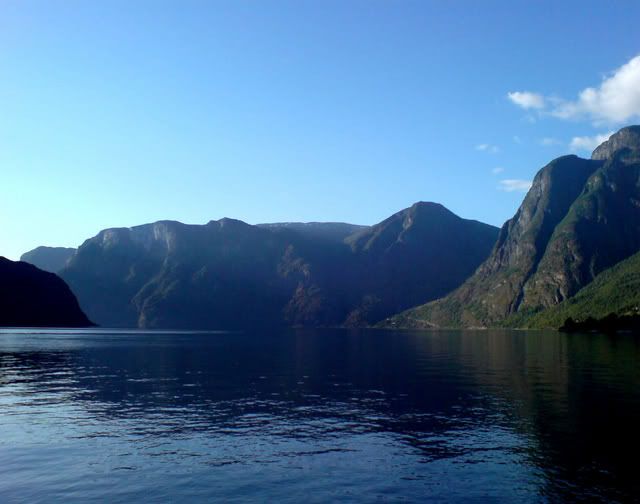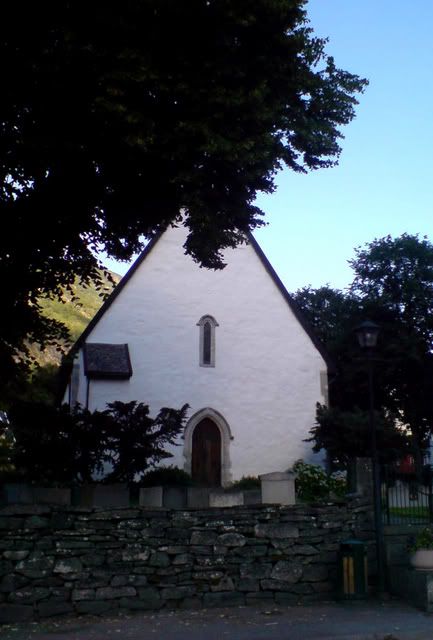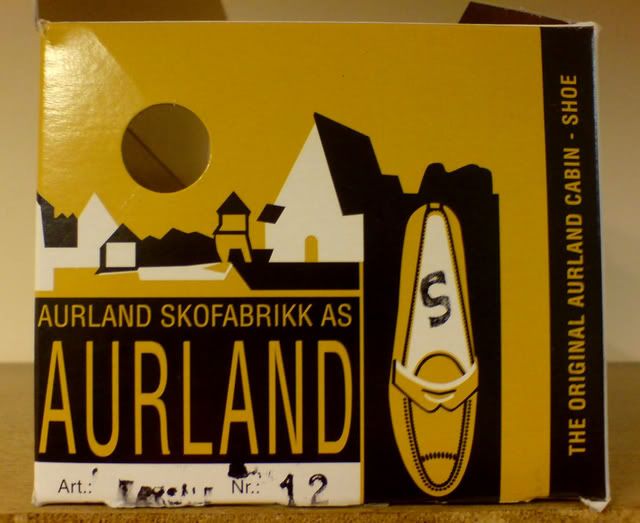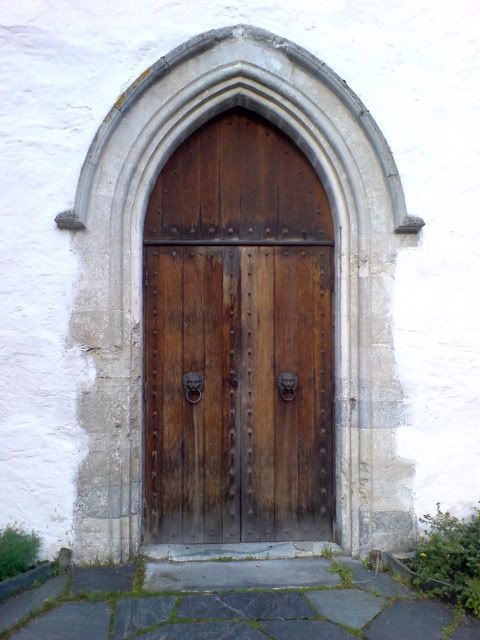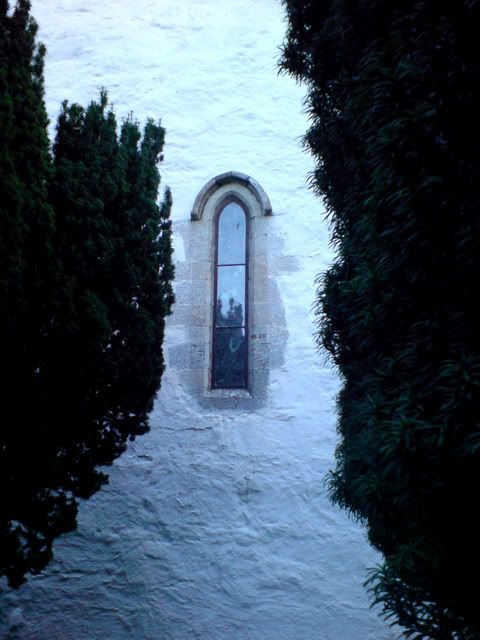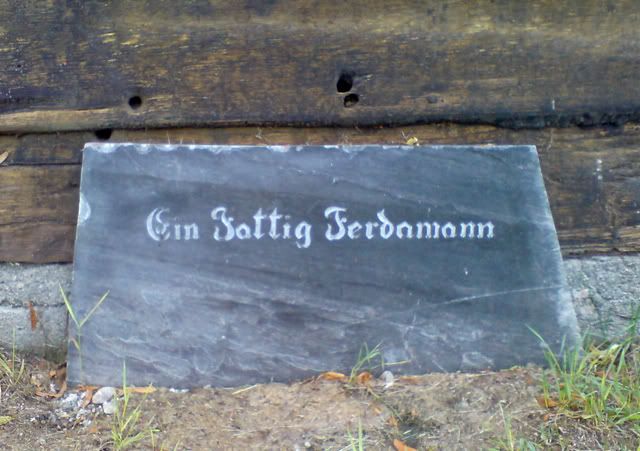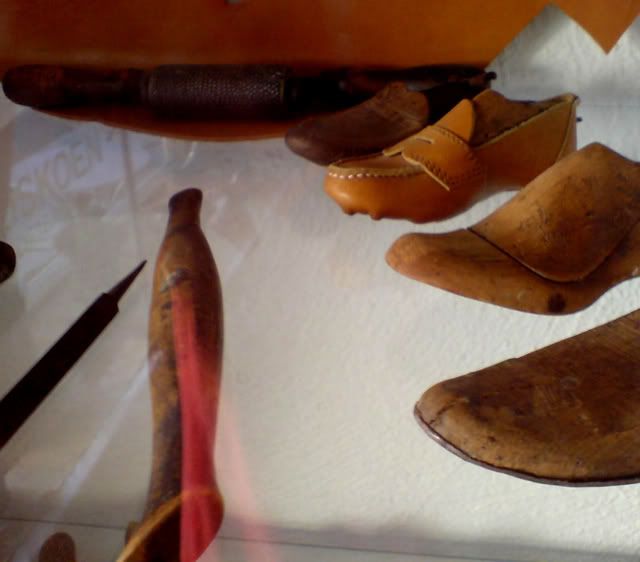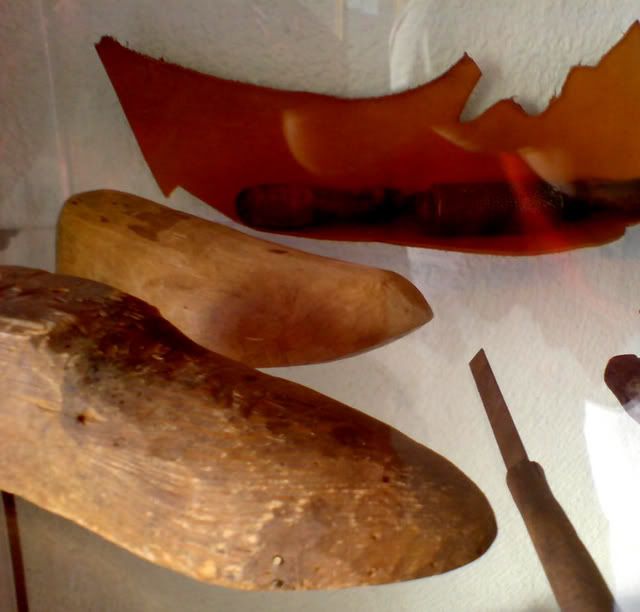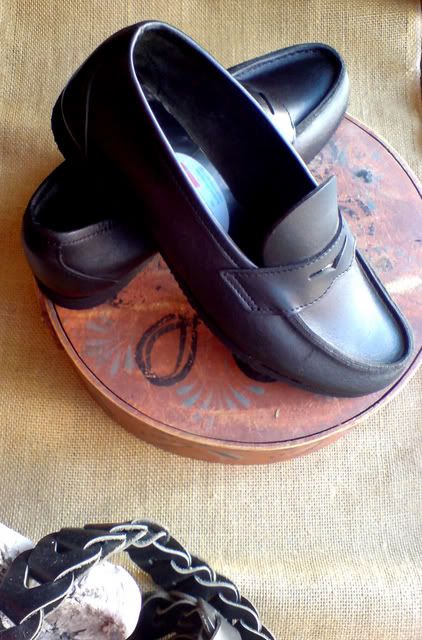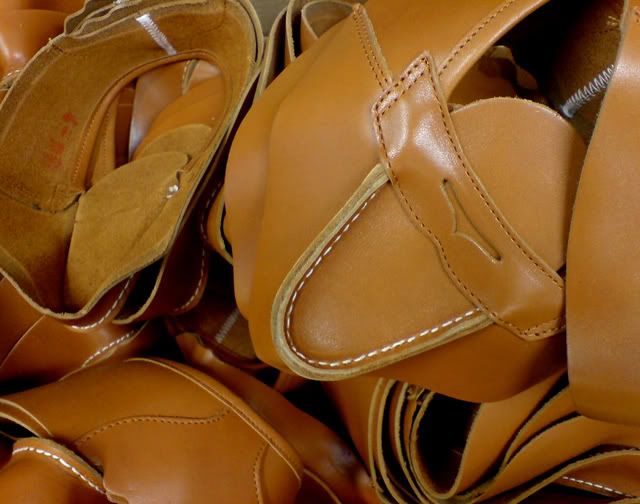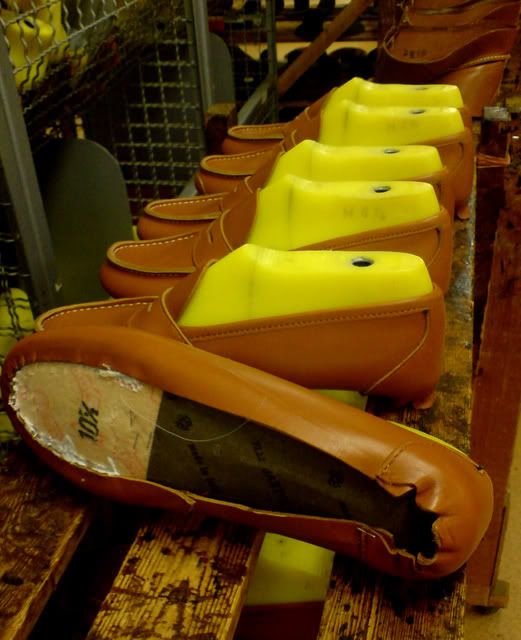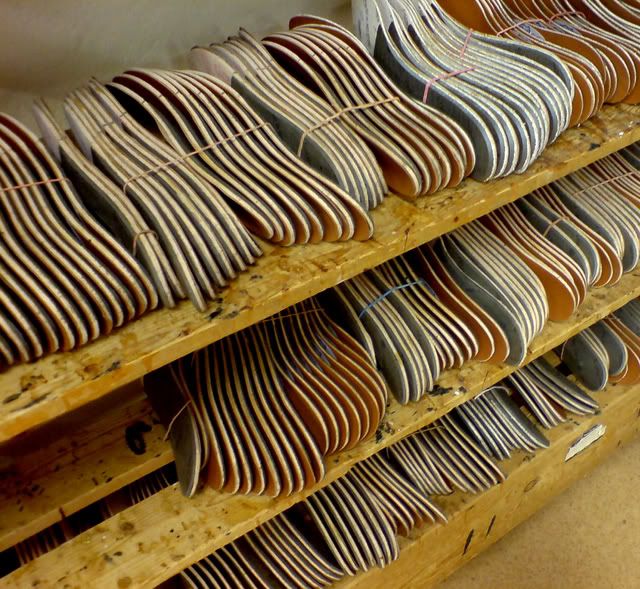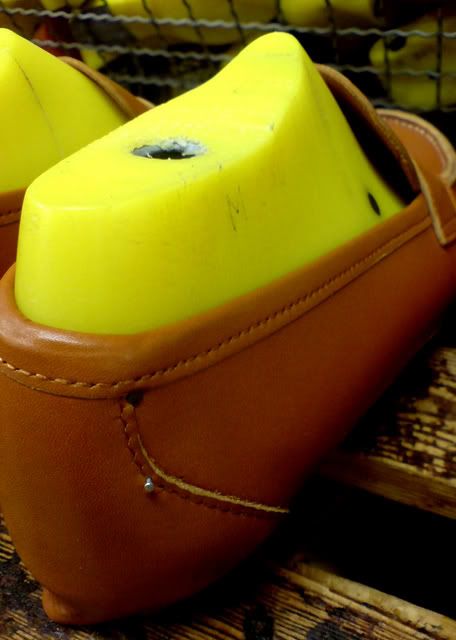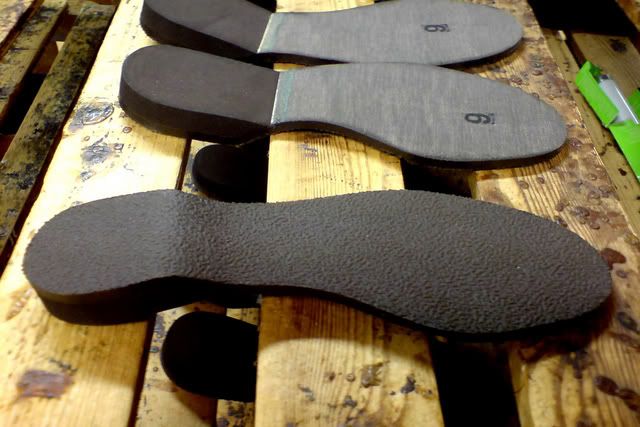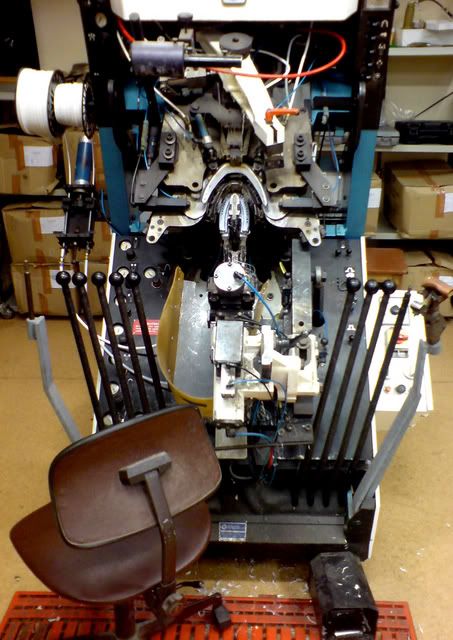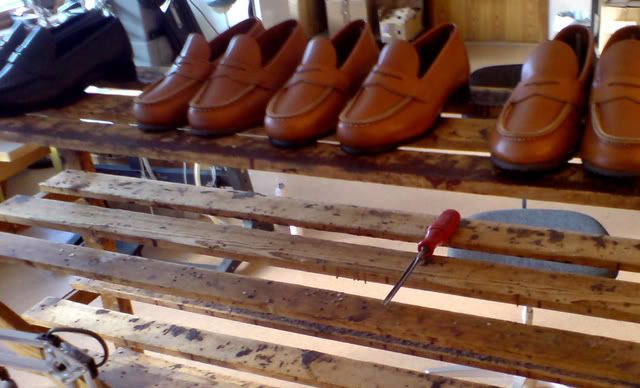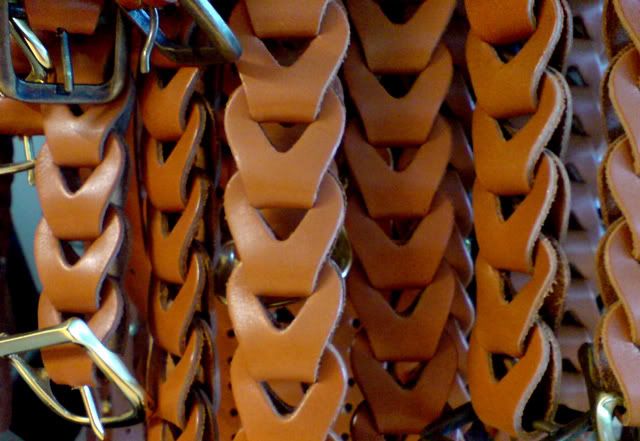Lucky Strike
Distinguished Member
- Joined
- Mar 13, 2006
- Messages
- 3,408
- Reaction score
- 31
I had a look around the net, and found some of the Norwegian origins of the penny loafer: In the late 19th century, fishermen and farmers in Aurland and the Sognefjord area in Western Norway were known for making light shoes of the moccasin type, initially for their own use, but occasionally for sale – this developed into a cottage industry in the true sense of the word. In the second half of the 19th century, there was an influx of upper-class British sports salmon fishermen in the very good rivers of coastal Norway, particularly western Norway. The salmon season would start in mid-summer, and would last into early autumn. The “salmon lords”, as they were called locally, wanted a light shoe that could easily be slipped on and off during riverside fishing. Two villagers, Vebjørn S. Vangen og Andreas S. Vangen, started making and repairing shoes for the Brit fishermen, until production of the light moccasin became a full-time employment for them. Another villager, Nils Tveranger, was the first to start regular production of the model still known in Norway as the ”Aurland shoe”. It was exhibited at the Paris exposition in 1900. As other jet-setting salmon-fishers (Coco Chanel among them) watered out the British and German dominance of tourism and outdoor sport in Norway in the inter-war years, it seems that they brought the shoes back to their various homes. The Aurland shoe obtained its present form in the twenties.
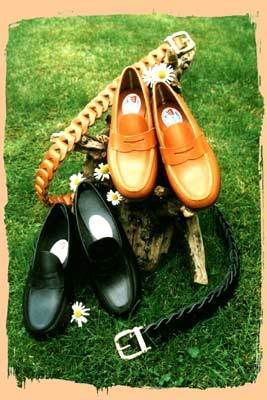 After WWII, production increased greatly, and in the fifties around 90 persons in the village were employed in shoe production, spread out on 12 different small workshops in the village, and a few others in the vicinity. This industry would have dominated the life of the entire village, just on the strength of employment numbers. The present firm called – no surprise here - “Aurlandsko” was established in the late forties.
After WWII, production increased greatly, and in the fifties around 90 persons in the village were employed in shoe production, spread out on 12 different small workshops in the village, and a few others in the vicinity. This industry would have dominated the life of the entire village, just on the strength of employment numbers. The present firm called – no surprise here - “Aurlandsko” was established in the late forties.
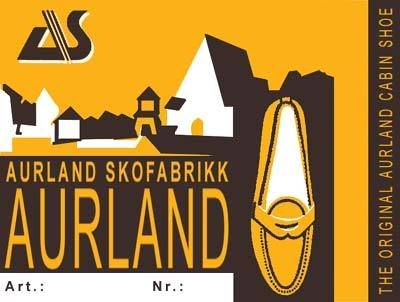 In the late sixties, a big hydro-electric power-plant was built close to Aurdal, and most people in the village found better-paid work connected to the power-plant. The factory presently has six employees, down from around 90 in its heyday. Production, which in the early years was mainly done in private homes and small shops, is today centralized in a modern locality. When production was at its peak in the 1940’s and 50’s, around 90 people were engaged, and the shoe was completely hand sown. Today there are about six people employed and work is partially done by machine.
In the late sixties, a big hydro-electric power-plant was built close to Aurdal, and most people in the village found better-paid work connected to the power-plant. The factory presently has six employees, down from around 90 in its heyday. Production, which in the early years was mainly done in private homes and small shops, is today centralized in a modern locality. When production was at its peak in the 1940’s and 50’s, around 90 people were engaged, and the shoe was completely hand sown. Today there are about six people employed and work is partially done by machine.
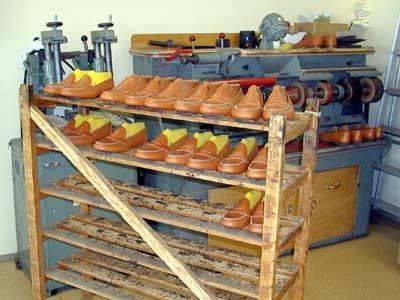 A sidenote: In 1947, the mayor of Aurdal received a letter from the Norwegian embassy to the US: The industrialist and at that time aide to the Secretary of the Treasury, Arthur Gardner, later US ambassador to Cuba, had bought a pair of Aurland shoes, one might guess while visiting in Norway before WWII, and wanted a few new pairs. He made a private request to the Norwegian ambassador, with a sketch of the “slippers”, as he called them, attached.
A sidenote: In 1947, the mayor of Aurdal received a letter from the Norwegian embassy to the US: The industrialist and at that time aide to the Secretary of the Treasury, Arthur Gardner, later US ambassador to Cuba, had bought a pair of Aurland shoes, one might guess while visiting in Norway before WWII, and wanted a few new pairs. He made a private request to the Norwegian ambassador, with a sketch of the “slippers”, as he called them, attached.
 Gardner had no idea where the shoes were made, but the embassy concluded that he referred to the Aurland shoes, after studying his sketch. After consultation with the village council, the local mayor had four pairs of shoes made, and after three months, four pairs of ”moccasins”, as they were called in the invoice, were sent to Washington by air mail.
Gardner had no idea where the shoes were made, but the embassy concluded that he referred to the Aurland shoes, after studying his sketch. After consultation with the village council, the local mayor had four pairs of shoes made, and after three months, four pairs of ”moccasins”, as they were called in the invoice, were sent to Washington by air mail.
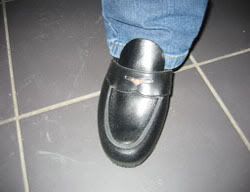 Link (The workshop doesn't have its own website; this is a local chamber-of-commerce-type page)
Link (The workshop doesn't have its own website; this is a local chamber-of-commerce-type page)





